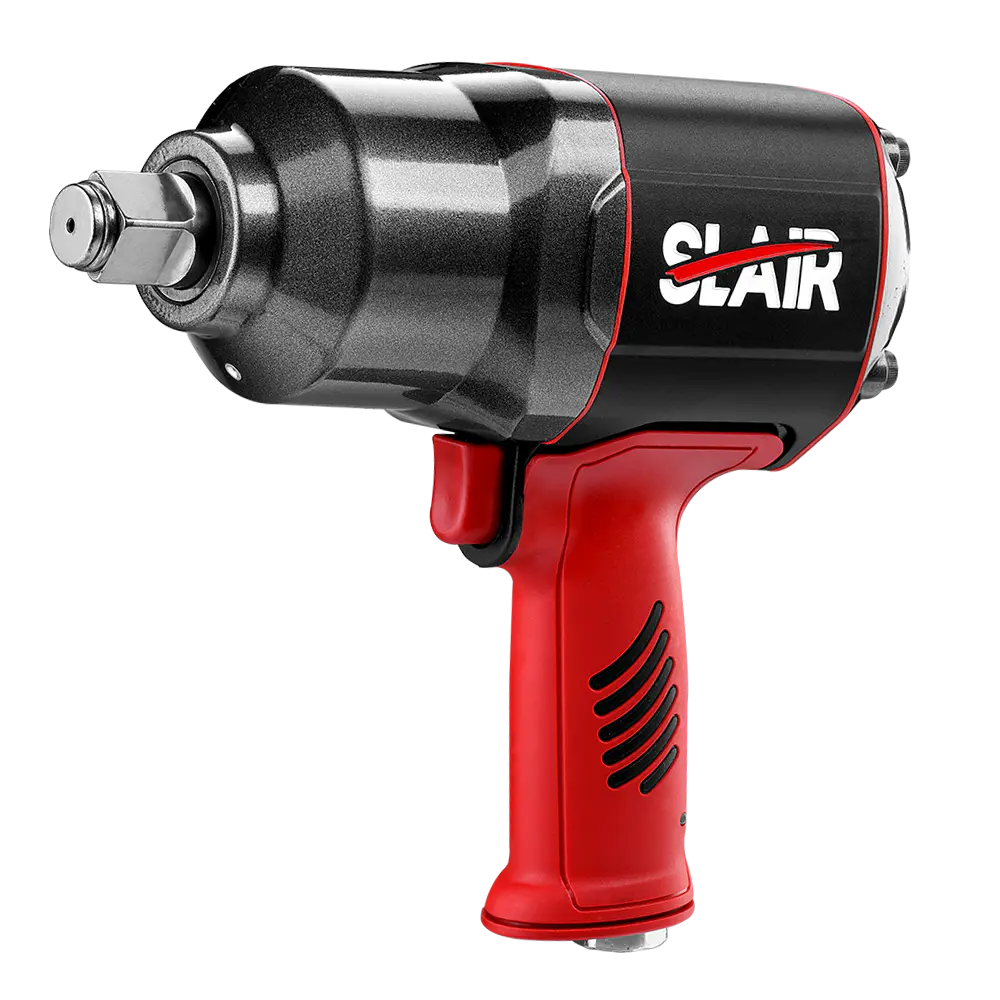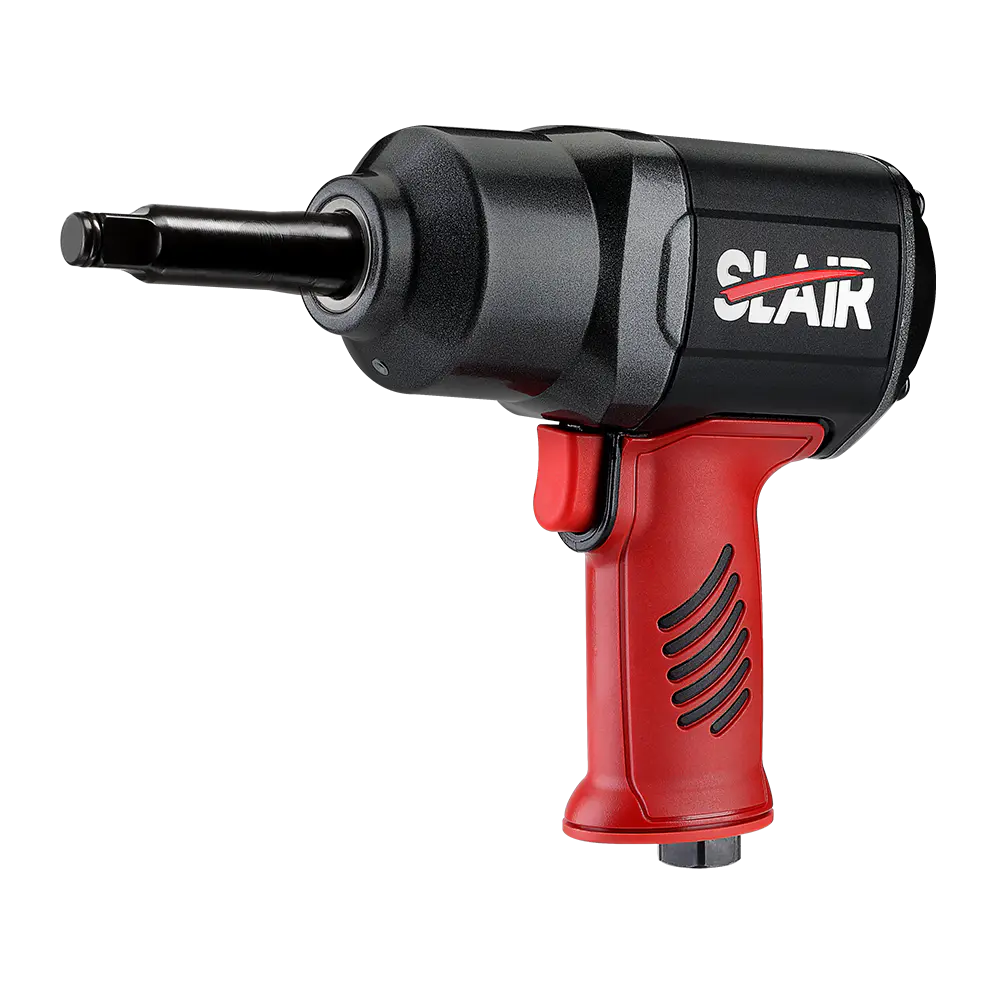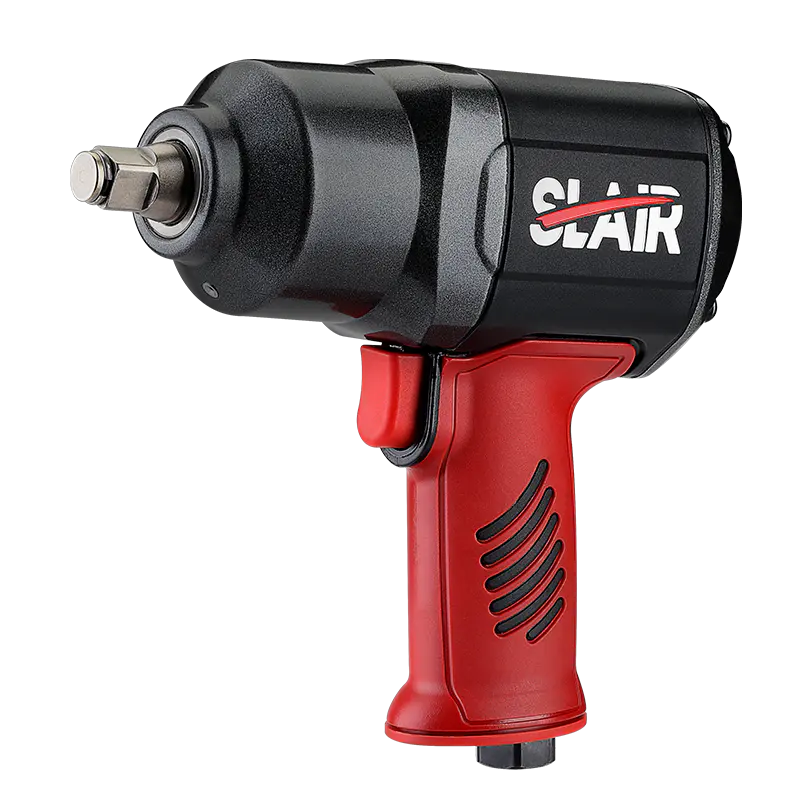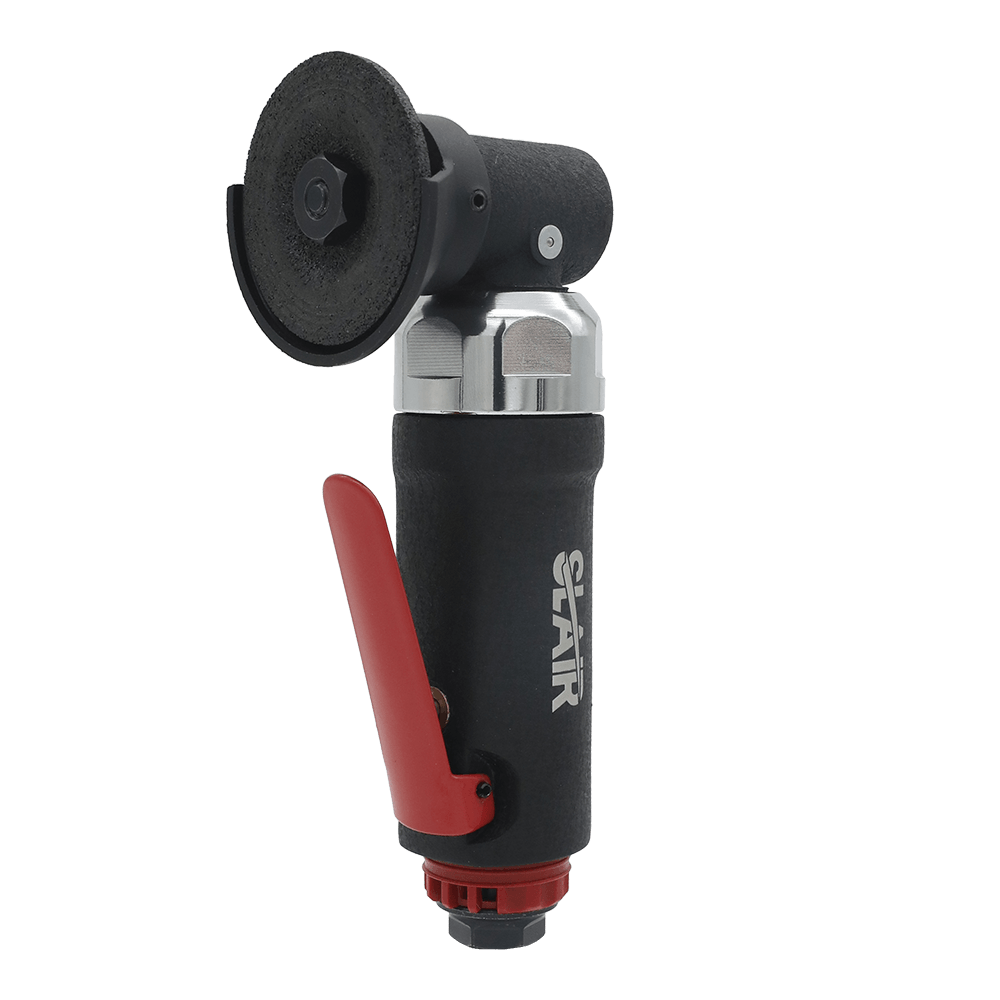The primary power source for air die grinders is compressed air. These tools operate using pneumatic power, which is generated by a compressed air source such as an air compressor. Here's an overview of how air die grinders work using compressed air:
Compressed Air Source:
Air die grinders are designed to be connected to an external compressed air source, typically an air compressor. The air compressor generates and stores pressurized air in a tank.
Air Hose Connection:
The air compressor is connected to the air die grinder via an air hose. The air hose carries the compressed air from the compressor to the air inlet on the die grinder.
Air Inlet:
The air inlet on the die grinder is a designated port where the compressed air enters the tool. It is typically located at the rear or bottom of the tool body.
Internal Components:
Inside the air die grinder, there are several essential components, including an air motor, gears, and a collet assembly. The air motor is a pneumatic motor that converts the energy from compressed air into mechanical motion.
Trigger Mechanism:
Air die grinders are equipped with a trigger mechanism that controls the flow of compressed air into the motor. When the operator presses the trigger, it allows compressed air to enter the tool, initiating the operation.
Air Motor Operation:
The compressed air flows through the air motor, causing the motor to rotate. The rotation of the air motor is transferred to the collet assembly, which holds the grinding wheel, burr, or other attachments.
Collet Assembly:
The collet assembly is a crucial part of the air die grinder that securely holds the grinding accessories. It allows for quick and easy changes of attachments.
Grinding Attachment:
Depending on the specific task, operators can attach various grinding wheels, burrs, or other accessories to the collet assembly. The choice of attachment determines the type of work the air die grinder can perform.
Speed Control:
Some air die grinders come with variable speed control, allowing operators to adjust the rotational speed based on the application requirements. Speed control is achieved by regulating the flow of compressed air into the motor.
Exhaust:
As the compressed air is used to power the motor, it is expelled through an exhaust port. Some air die grinders have adjustable exhaust ports that allow operators to direct the airflow away from themselves or the work area.
Shutdown:
Releasing the trigger stops the flow of compressed air into the tool, causing the air die grinder to cease operation. This on-demand control provides the operator with instant control over the tool's functionality.
In summary, air die grinders operate by harnessing the power of compressed air to drive a pneumatic motor, which in turn rotates the collet assembly holding various grinding attachments. The use of compressed air allows for precise control over the tool's speed and operation, making air die grinders versatile for tasks such as grinding, polishing, deburring, and shaping in various industries.





 English
English 中文简体
中文简体 русский
русский Deutsch
Deutsch Português
Português Español
Español
















